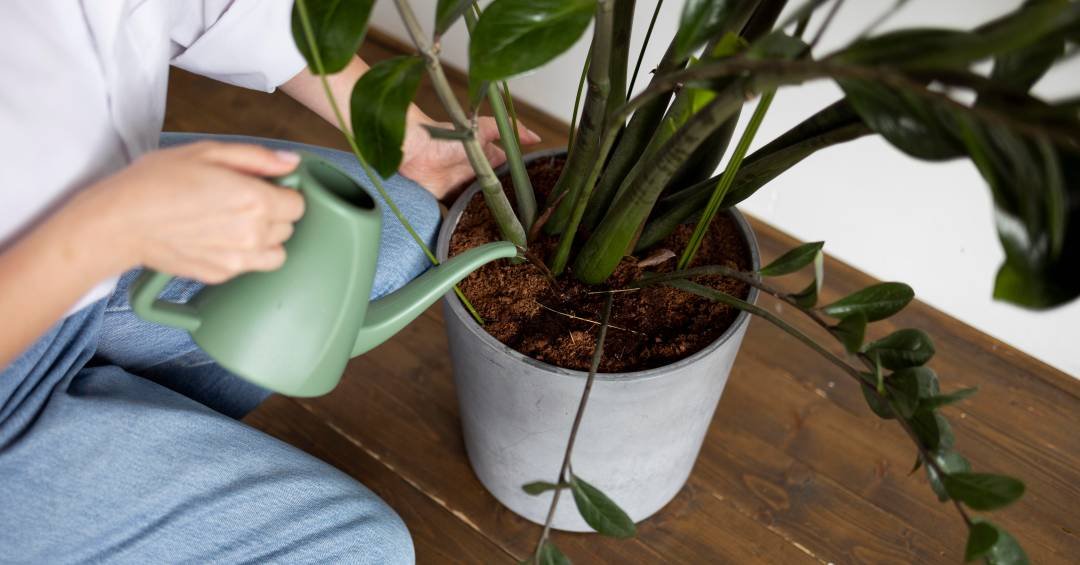Caring for Your Plants During Winter: Essential Tips for a Thriving Garden
As winter approaches, gardeners need to adjust their care routines to accommodate the colder temperatures and reduced sunlight. This season is a critical time for many plants to transition and recover, making it essential to implement the right practices to keep your garden healthy and vibrant. Here, we delve into various strategies that will help you maintain your plants during the winter months.
Understanding the Impact of Winter on Plant Care
Temperature and Light Changes
Winter brings about significant changes in temperature and light. The drop in temperature can lead to slower growth rates in many plants, while shorter days mean less natural sunlight. These factors necessitate a different approach to watering, pruning, and pest management.
The Importance of Proper Care
Providing proper care during winter is crucial for the health of your plants. Neglecting them during this time can result in issues such as root rot, pest infestations, and poor growth when spring arrives. By understanding the specific needs of your plants during winter, you can ensure they thrive.
Watering Practices for Winter
Reduce Watering Frequency
One of the primary adjustments to make during winter is the reduction of watering frequency. With lower evaporation rates and cooler soil temperatures, moisture tends to linger longer in the soil. Overwatering can lead to fungal growth and root rot. To avoid this, check the moisture level of the soil with your finger before watering. If the top inch of the soil feels dry, it’s time to water.
Optimal Watering Times
When you do water, choose warmer times of the day, preferably late morning. This allows the water to be absorbed before the temperatures drop in the evening. Additionally, using room temperature water can help prevent shocking the plants.
Maximizing Natural Light
Repositioning Your Plants
With shorter days and less sunlight, it’s essential to reposition your indoor plants to maximize their exposure to natural light. Move pots closer to windows that receive sunlight, but be mindful of the specific light requirements of each plant. Some may prefer indirect light, while others can handle direct sunlight.
Utilizing Reflective Surfaces
Consider using reflective surfaces around your plants to enhance light exposure. Mirrors or light-colored walls can help bounce light around the room, making it easier for your plants to absorb the sunlight they need.
Pruning Techniques for Winter
Cleaning Up the Garden
Winter is an excellent time to perform some light pruning and cleanup in your garden. Remove any dead leaves, damaged branches, and spent flowers. This not only tidies up your garden but also helps prevent the spread of diseases.
Avoiding Heavy Pruning
While some pruning is beneficial, avoid drastic cuts during this season, especially for tropical plants. Heavy pruning can stress plants that are already vulnerable to cold temperatures, making it difficult for them to recover.
Pest Management in the Cold
Increased Vigilance Against Pests
Although winter temperatures can slow down pest activity, some pests, such as scale insects, aphids, and fungi, can still thrive in cooler conditions. It’s crucial to remain vigilant and check your plants regularly for any signs of infestation.
Using Natural Solutions
If you notice any signs of pests, consider using natural solutions to manage them. For example, a mild soap solution or neem oil can be effective against many common pests. These options are less harmful to the environment and can help maintain a healthy balance in your garden.
Fertilization During Winter
Reevaluating Nutrient Needs
During winter, many plants enter a dormant phase, which means their nutrient needs decrease significantly. It’s generally advisable to reduce or pause fertilization until spring when plants begin to actively grow again. However, if you have specific plants that require winter feeding, opt for a diluted, balanced fertilizer.
Monitoring Plant Health
Keep an eye on your plants’ health during this time. If they appear pale or are not growing as expected, they may benefit from a mild dose of fertilizer to support them through the winter months.
Protecting Plants from the Cold
Insulating Your Plants
If you live in an area that experiences harsh winters, consider insulating your outdoor plants. Use mulch to cover the soil and protect root systems from freezing. For potted plants, you can wrap pots in bubble wrap or burlap to provide additional insulation.
Bringing Plants Indoors
If you have tender plants that cannot withstand the cold, consider bringing them indoors. Make sure to acclimate them slowly to the indoor environment to minimize stress. Place them in a well-lit area and monitor their watering needs closely, as indoor heating can dry out the soil more quickly.
Conclusion
By understanding the unique challenges that winter brings to plant care, you can take proactive steps to ensure your garden remains healthy and beautiful. Adjusting your watering practices, maximizing light exposure, being vigilant against pests, and protecting your plants from the cold will all contribute to a successful winter gardening experience. Embrace the season and enjoy the beauty that winter can bring to your garden!

